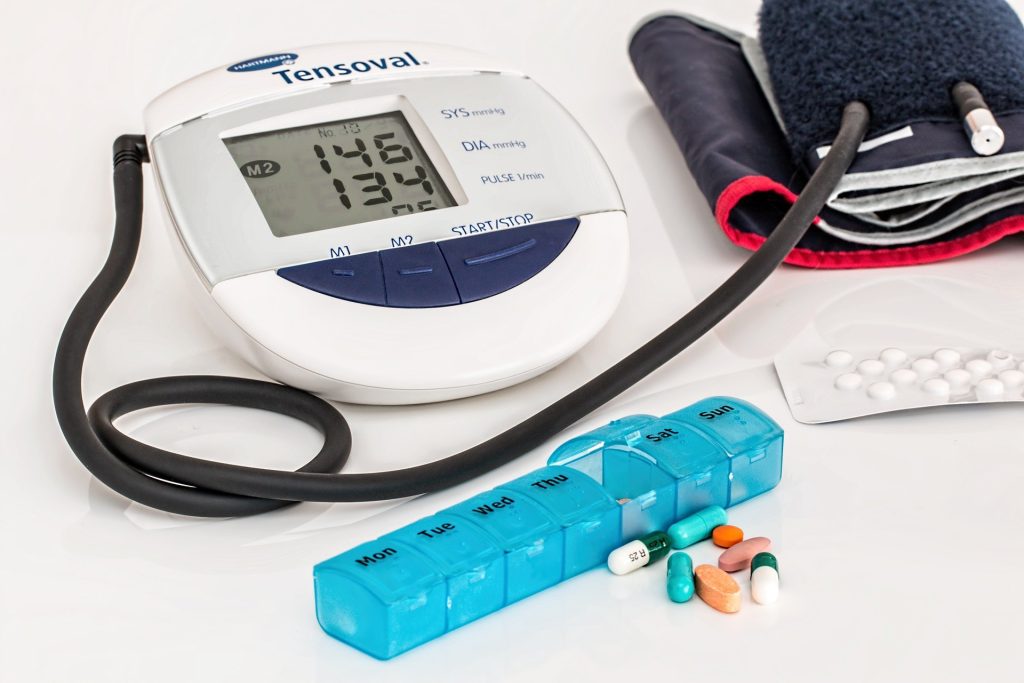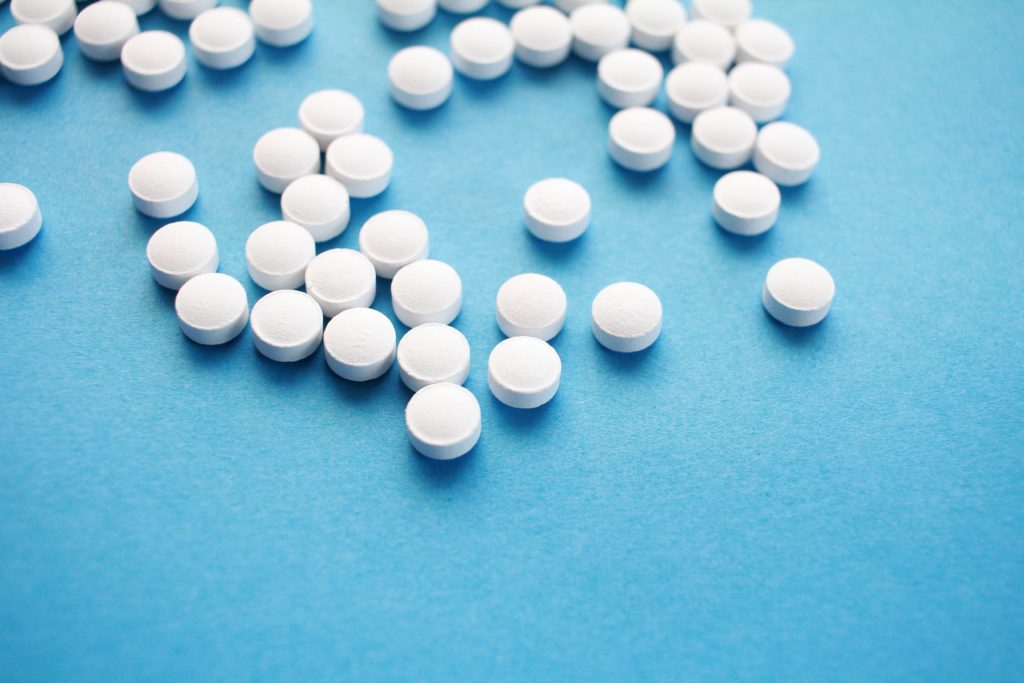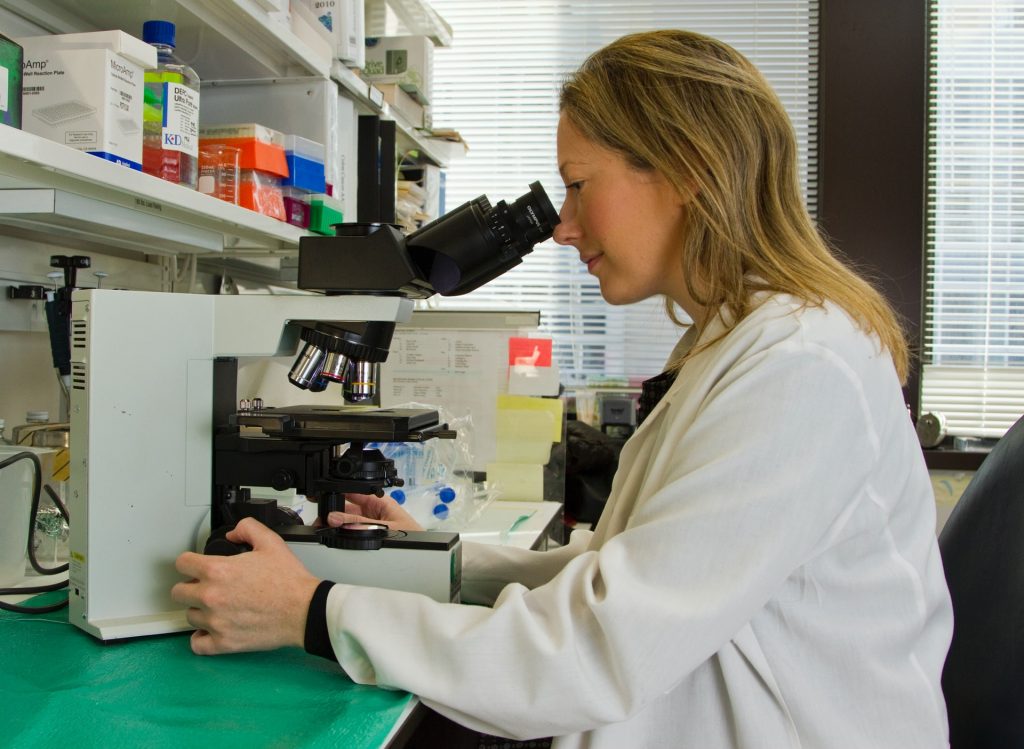Solar Exposure Guidelines Could be Revised

Previously published solar exposure guidelines for optimal vitamin D synthesis that were based on a study of skin samples may have to be revised.
A study published in PNAS has tested the optimum ultraviolet radiation (UVR) wavelengths for human skin production of vitamin D in sunlight.
Though UVR from sunlight can cause sunburn and skin cancer, it is the most important source of vitamin D.
Public health advice on sunshine exposure balances its risk and benefit, which is not a simple task because the health outcomes from UVR exposure vary considerably with wavelength within the sun’s UVR spectrum. For example, the sun’s UVR contains less than 5% short wavelength UVB radiation but this is responsible for over 80% of the sunburn response. Each health outcome from solar exposure has its own unique wavelength dependency.
The link between specific UVB wavelengths and vitamin D production was determined more than thirty years ago in ex vivo skin samples. However, the finding is less well established, with doubts on its accuracy which compromise risk/benefit calculations for optimal solar exposure.
Researchers led by the Professor Antony Young from King’s College London measured blood vitamin D levels in 75 healthy young volunteers, before, during, and after partial or full body exposure to five different artificial UVR sources with different amounts of UVB radiation, to gauge the trade-off between solar exposure benefits, which include vitamin D synthesis, versus the risks of sunburn and skin cancer.
The results were compared against predictions from the old ex vivo vitamin D study, finding that it was not an accurate predictor of benefit from UVR exposure.
The authors’ recommendation is a systematic correction of the ex vivo wavelength dependency for vitamin D. The new study means that many risk benefit calculations for solar UVR exposure must be reviewed with a revised version of the wavelength dependency for vitamin D.
“Our study shows that risk versus benefit calculations from solar exposure may need to be re-evaluated. The results from the study are timely because the global technical committee, Commission internationale de l’éclairage, that sets UVR standards will be able to discuss the findings of this paper to re-evaluate the wavelength dependency of vitamin D. Further research from our group will determine the risk/benefit calculations.”
Professor Antony Young, King’s College London
Source: King’s College London




